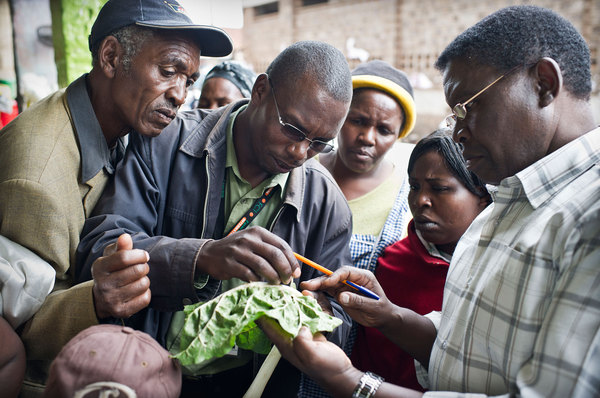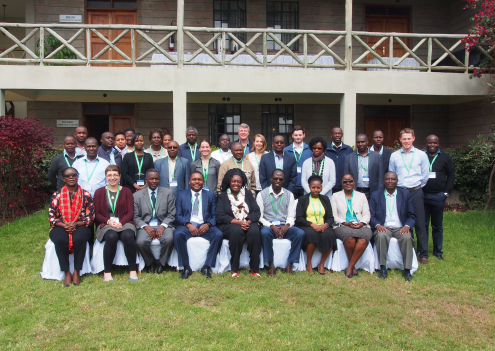Update: New Pest & Disease Records (07 August 18)
We’ve selected a few of the latest new geographic, host and species records for plant pests and diseases from CAB Abstracts. Records this fortnight include the first report of avocado sunblotch viroid (ASBVd) naturally infecting avocado in Greece, the first report of Dasheen mosaic virus infecting taro in Ethiopia and the first record of Cryptochetidae…
“Our crops have answers”
Kanyumbu village is a compact rural farming village in Lilongwe district in Malawi. Farmers in this village mostly produce maize, beans, and mangoes from a few trees scattered in their fields. In 2013, they received a new service from the Department of Agriculture; a plant clinic, with a plant doctor. They were informed that they…
CABI warns of rapid spread of crop-devastating fall armyworm across Asia
CABI scientists have today warned of the impending rapid spread of the crop-devastating pest, fall armyworm, across Asia following its arrival in India, with major crop losses expected unless urgent action is taken. The warning comes following a pest alert published this week by the Indian Council of Agricultural Research (ICAR) on the website of one of…
PRISE: Kenya Stakeholder Workshop July 2018
Earlier this month, members of the Pest Risk Information Service (PRISE) consortium held a stakeholder workshop in Kenya to update partners, donors and stakeholders on the progress of the project and to discuss future developments over the next four years.
“With the Plantwise Factsheets Library app, I am complete”
In the Kabwe District of Zambia, Adamson Andrew Tembo is the acting senior agricultural officer (SAO) working with the Ministry of Agriculture. He is trained as an agricultural engineer and his role has been as an irrigation engineer. He was transferred to Kabwe District in January 2017 and assumed the role of SAO in July…
Too much tea: Weak global prices subject tea farmers to flat returns
Global market prices have weakened as supply exceeds demand for most farmers involved in tea production. The situation; which has devastated the hopes of farmers for lucrative returns was actually enhanced by favourable climatic conditions that brought about increased yields in most tea producing regions.
Update: New Pest & Disease Records (19 July 18)
We’ve selected a few of the latest new geographic, host and species records for plant pests and diseases from CAB Abstracts. Records this fortnight include the first report of thrips from India, the description of a new species of PolycestaDejean from Chile and a report on the causal agent of leaf blight on sunflower in…
TerraSentia: the automated crop monitoring robot
A team of researchers from the University of Illinois have developed a completely automated robot capable of monitoring crops in the field during growth periods with the aim of aiding crop breeders in the extensive task of developing and comparing plant cultivars.


